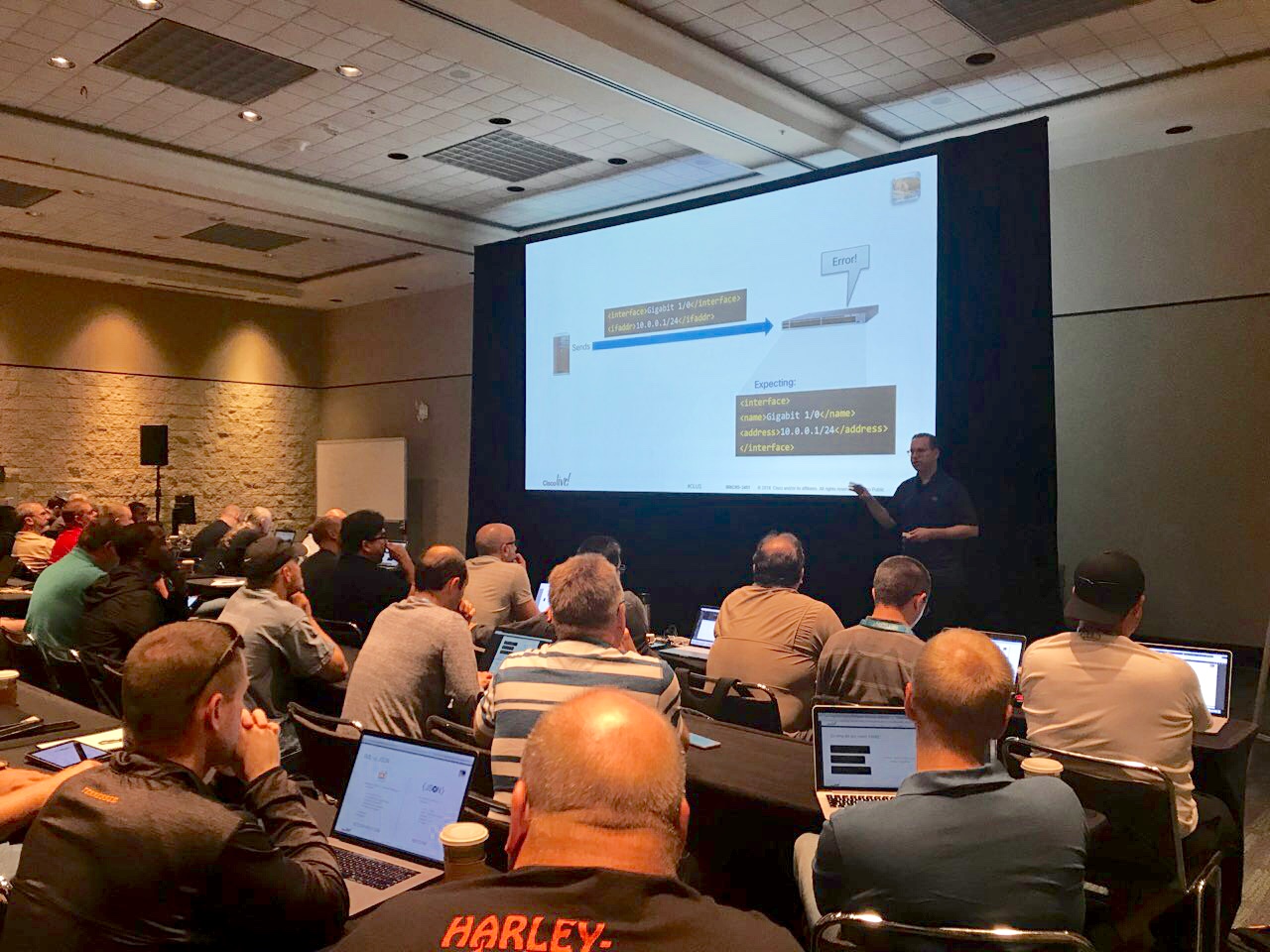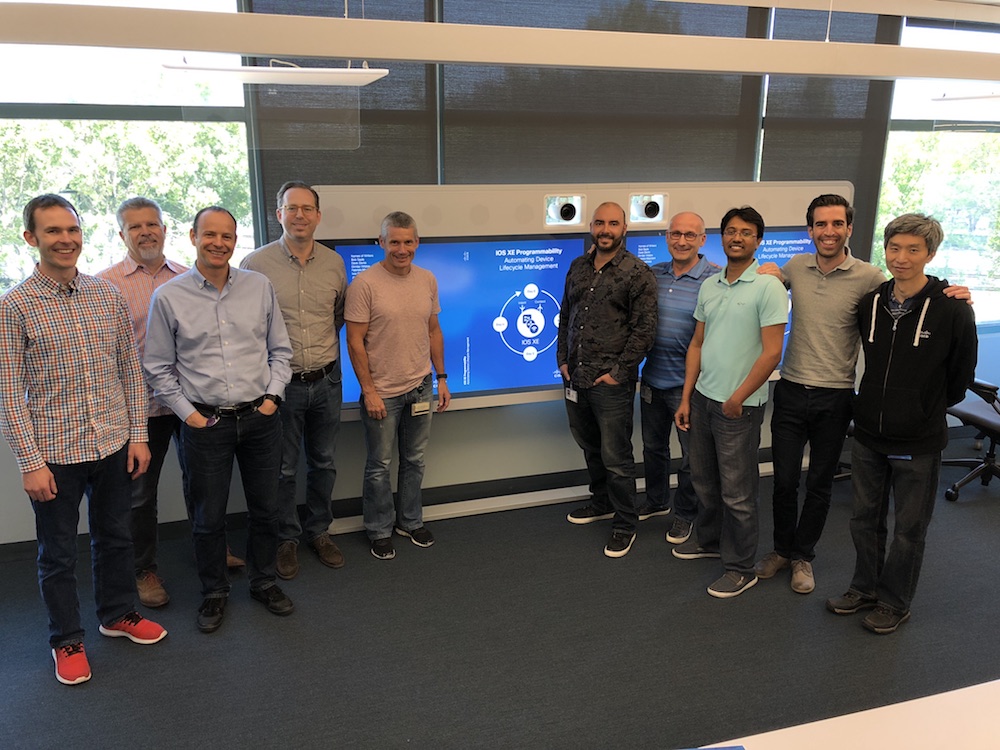An old networking friend whom I mentored for his CCIE a long time ago wrote me an email: I’ve been a CCIE for 10 years now, he said, and I’m feeling like a dinosaur. Everyone wants people who know AWS and automation and they don’t want old-school CLI guys. It takes me back to a […]
Category: Reflections
Cisco Live US 2018
Cisco Live Orlando has wrapped up, at least for me, and I can relax until Cisco Live Europe in January. I never realized how much work goes into Cisco Live until I became a TME. Building labs, working on slides, preparing demos, and arranging customer meetings is a months-long process and always a scramble at […]
Two Years of Ten Years a CCIE
Two years ago I published my Ten Years a CCIE series. Actually, I had written the series a couple years before I published it, but as I say in my introduction to the series, I felt it was a bit self-indulgent an uninteresting, so I scrapped it for a while. The original pieces were dictated, […]
Book Sprint
[et_pb_section admin_label=”section”][et_pb_row admin_label=”row”][et_pb_column type=”4_4″][et_pb_text admin_label=”Text”] I’m somewhat recovered from an exhausting week. I spent last week with a team of 10 others locked up in building 4 at Cisco writing a book using the book sprint methodology. Several of the TMEs who report to me got together and wrote a book on Software-Defined Access earlier […]
Where I’ve been, and what a TME is
Jesse, a recent commentor, asked why I haven’t been posting much lately. In fact, my last post was August of 2017. Well, there are several reasons I don’t post much these days. In part, I’m not convinced anyone is reading. It’s nice to see a comment now and again to realize it’s not just spambots […]
Cheaters
Note: This article was originally posted in 2016. Since that time, the CCIE program has changed the process for earning a CCIE, and the separate written exam is no longer used. This means that the problem of people claiming to be a “CCIE” when they have only passed the written exam is no longer the […]
Recertification Pain
Note: This article was written in 2016 and has not been modified. A number of changes have been made to the CCIE program which have dramatically improved the re-certification process. Continuing education is now an option, as I suggest in this article. The re-certification frequency has been reduced. I may modify this article in the […]
Multiple CCIE’s, multiple attempts
In this article in my “Ten Years a CCIE” series, I look at passing the Security exam in 2008. I get to experience the agony of failure for the first time, and have to re-tool my strategy. Goodbye to Cisco I worked two long years at Cisco. Two very long years. I learned so much […]
A CCIE Goes Home to Cisco
In this article in my “Ten Years a CCIE” series, I describe my experience going to work at Cisco as a CCIE. Unlike many Cisco-employed CCIE’s, I earned my certification outside of Cisco. A CCIE leads to a job at Cisco I returned to my old job at the Chronicle and had my business cards […]
Room of horrors: Inside the CCIE lab
In this article in my “10 Years a CCIE” series, I take you inside the infamous CCIE lab, where countless candidates have sweated out the devious challenges concocted by the CCIE exam authors. Planning travel I was fortunate at the time I took the lab exam in that I lived in San Francisco, very close […]

